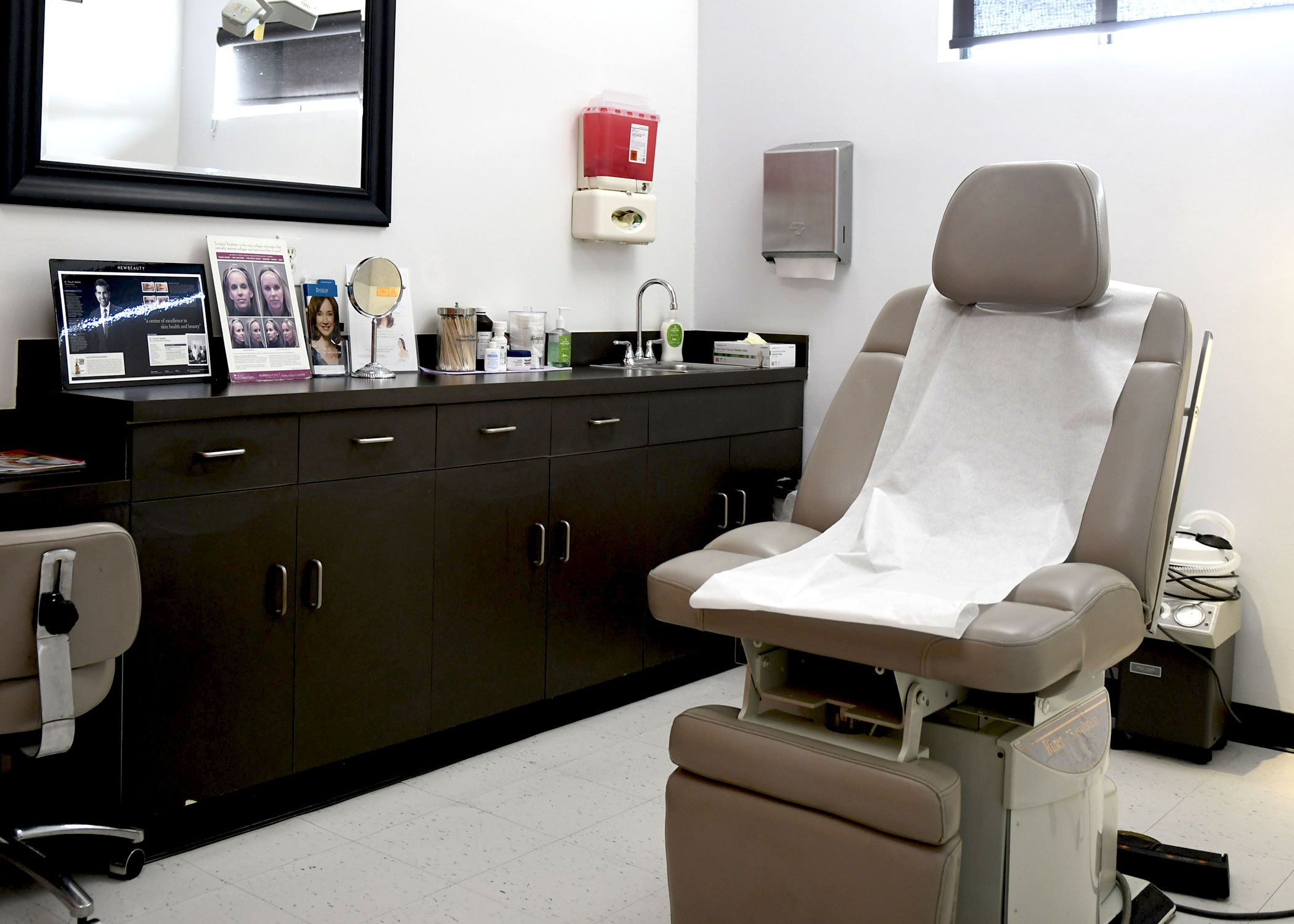Telangiectasia, in patterns are telangiectases, which consist of tiny broken blood vessels and capillaries that are visible on the surface of the skin. This skin condition frequently occurs on the face, thighs, and legs. The affected vessels may appear red or purplish and be matted or star-shaped. Although telangiectases is not life-threatening, the vessels may become more noticeable and spread to include larger patches of skin if left untreated.
Who Is at Risk for Telangiectasia?
Telangiectases is a skin condition that affects many people, especially women, expectant mothers and those who have experienced trauma to the skin. Sometimes telangiectases is often referred to as broken blood vessels. While it primarily affects the face, specifically the cheeks and nose, it may be present on other areas of the body. When telangiectases is present on the legs or thighs, it's commonly known as spider veins or varicose veins.
This is most often seen in individuals prone to frequent blushing or flushing. The condition can also occur in those with rosacea, fair or sun-damaged skin, or who overuse topical steroid creams. Individuals who develop telangiectases after using a topical corticosteroid should discontinue using the cream on the affected area. Telangiectases can be exacerbated by excessive sun exposure. Using a high SPF sunscreen and wearing protective clothing while outdoors may help prevent this condition from worsening.
What Cosmetic Treatments Exist?
Telangiectases will not resolve without some form of cosmetic treatment. In most cases, the appearance of the blood vessels and capillaries can be diminished with laser therapy. Broadband and intense pulsed light lasers can treat affected vessels on the cheeks, nose, forehead, neck, and chin along with widespread redness affecting other parts of the body. The larger blood vessels located deeper in the skin can feed the more superficial vessels and make treatment more difficult; however, pulsed-dye lasers are often effective at treating these more problematic vessels. Telangiectases located on the legs and thighs may require additional treatment with sclerotherapy injections. These injections, which are relatively painless, seal off the affected blood vessels so that they gradually disappear in six to eight weeks.
Does the Treatment Have Any Side Effects?
The laser therapies used to treat telangiectasia are non-invasive and painless. The most common side effect is minor temporary bruising at the treatment site. Multiple treatments may be required to achieve maximum results.
Treat Telangiectasia with a Board-Certified Dermatologist
No topical or over-the-counter treatments will sufficiently treat telangiectases. Only specially trained dermatologists can rid patients of broken blood vessels or telangiectasias.
For patients experiencing spider veins on their legs or thighs, sclerotherapy is generally the course of treatment that your dermatologist will suggest. Sclerotherapy entails your dermatologist injecting a salt solution directly into the vein which will gradually eradicate the problematic vein.
For broken blood vessels on the face, laser therapy is generally advised. This may require multiple office visits, but it is the only way to diminish the appearance of telangiectasia on the face. For more information about how you can treat your broken blood vessels or spider veins call our office in Orange County and set up a consultation with one of our board-certified dermatologists.


